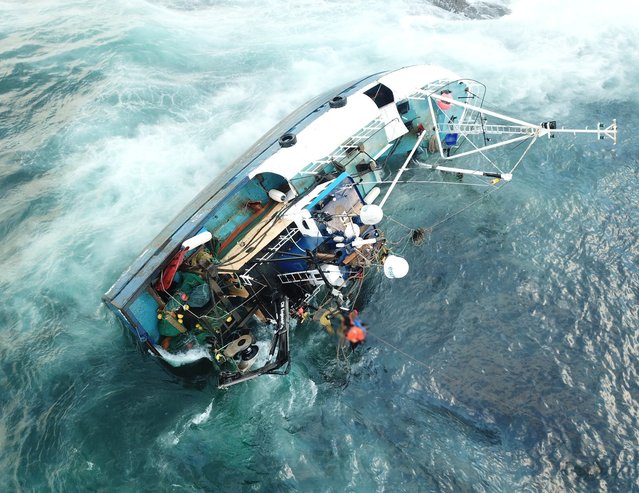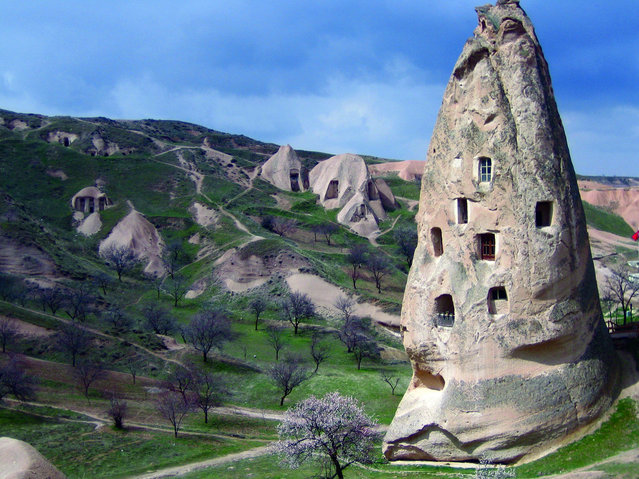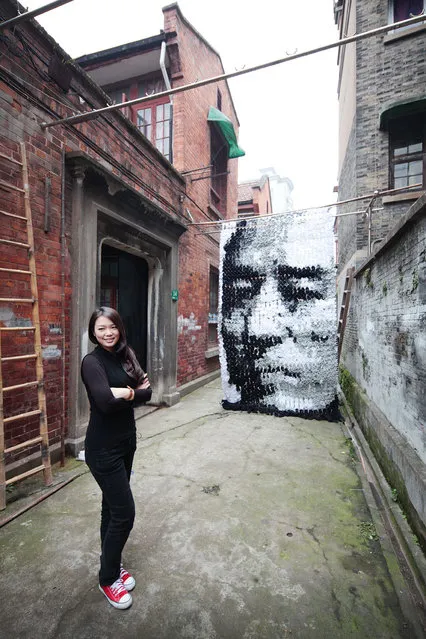
English singer, who was a member of the British girl group “Little Mix” from 2011 to 2020 Jesy Nelson (L) looked incredible as she hit the beach in a black bikini with palsin the first decade of March 2022. The pop star, who is currently living it up in Malibu, let her hair down underneath blue skies on the west coast. (Photo by Instagram)
10 Apr 2022 04:42:00,post received
0 comments







